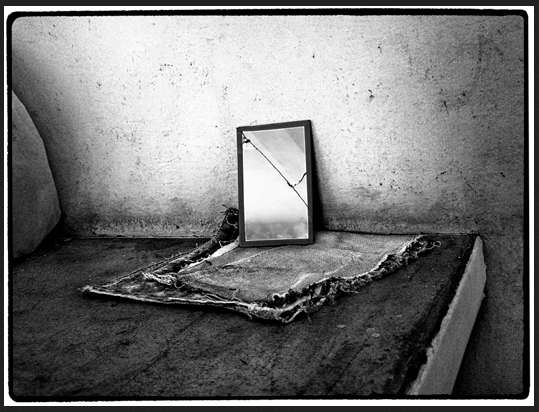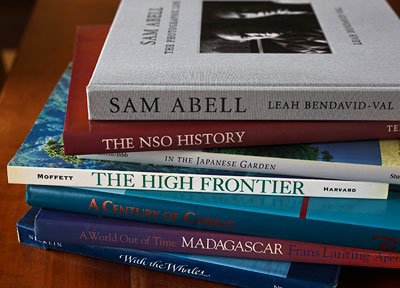Archive for 2014
Getty Images Allows Social Media Usage
Huge news was made a week ago in the online photography business. Getty Images announced that they were allowing that many of the pictures on their website that are for…
Read MorePhotographers of Mexico
Recently in La Paz, Mexico I saw two different exhibits of photography, one at the Archivo Historico that featured works of Nacho Lopez and the Casasola Photo Agency, and another…
Read MoreSocial Media Privacy – My Life Is Not an Open Book
Recently I found an illuminating infographic in the New Yorker magazine that shows how social media sites gather information about their users. As explained in the New Yorker: “In short,…
Read MoreA Tablet Is Not A Computer
For years, when traveling I took my laptop with me. This was always worrisome, as it is my prime computer and all of my files are on it, including emails,…
Read MoreWho Are You, Brave Photojournalist?
Recently I attended the annual National Geographic Photography Seminar held at the Washington DC headquarters of NGS. It was great to see photographers and friends such as Nick Nichols, Steve…
Read MoreBackup, Backup, Backup
Two days ago I did the unthinkable — I washed my cell phone. It was in an “Otter Box”, but soapy water still got into the phone. As the phone…
Read MoreFragile Landscapes and US Bureau of Land Management Solutions
As a photographer, I am interested in unusual landscapes and recently visited the Vermillion Cliffs National Monument, a 280,000-acre property administered by The Bureau of Land Management (BLM). One hot…
Read More

